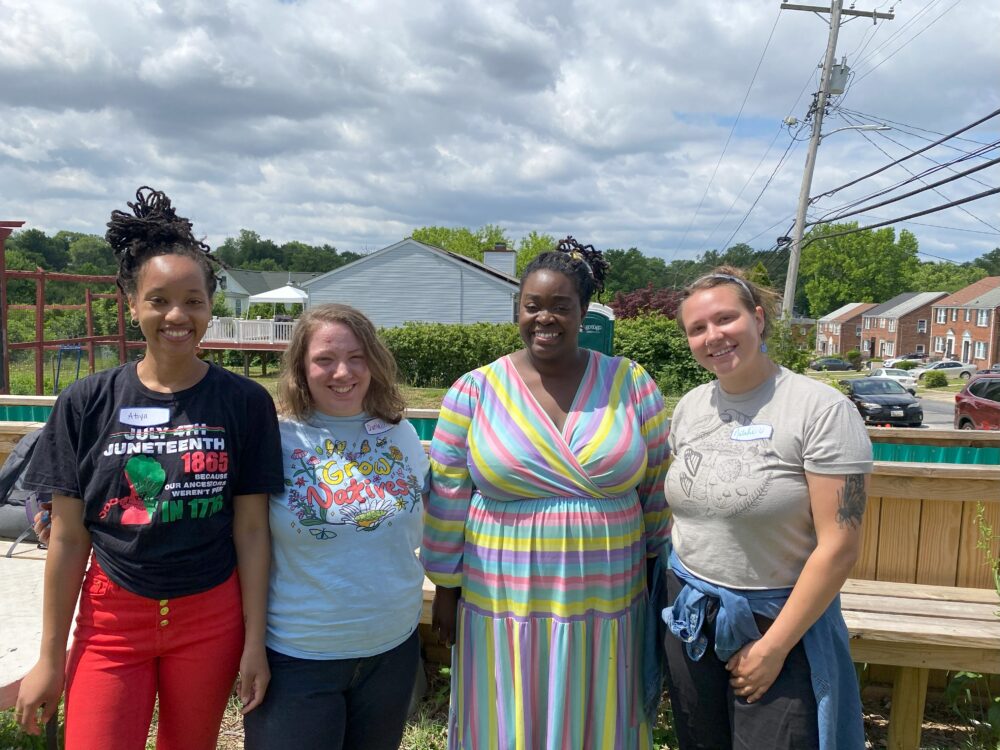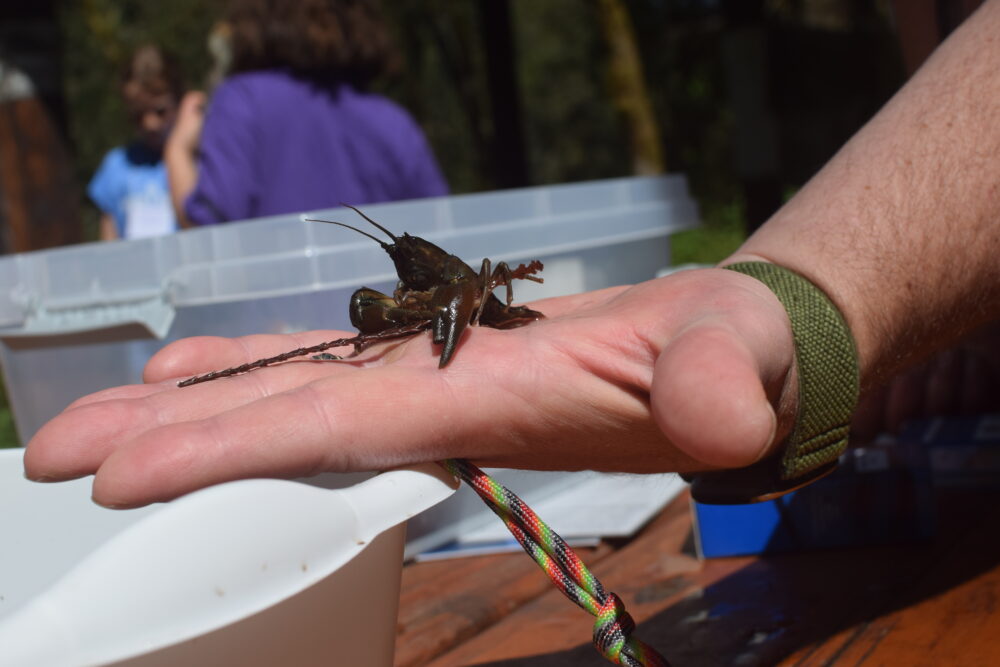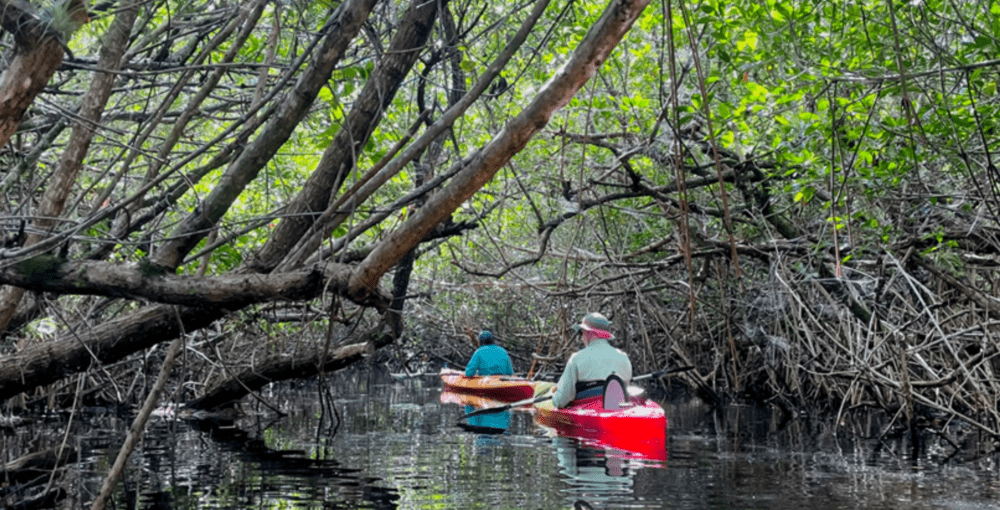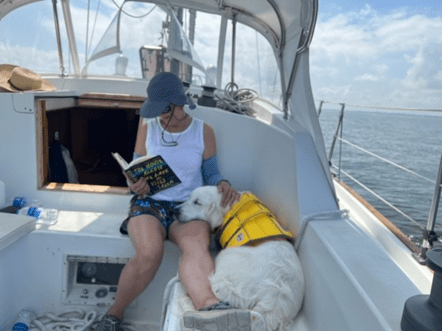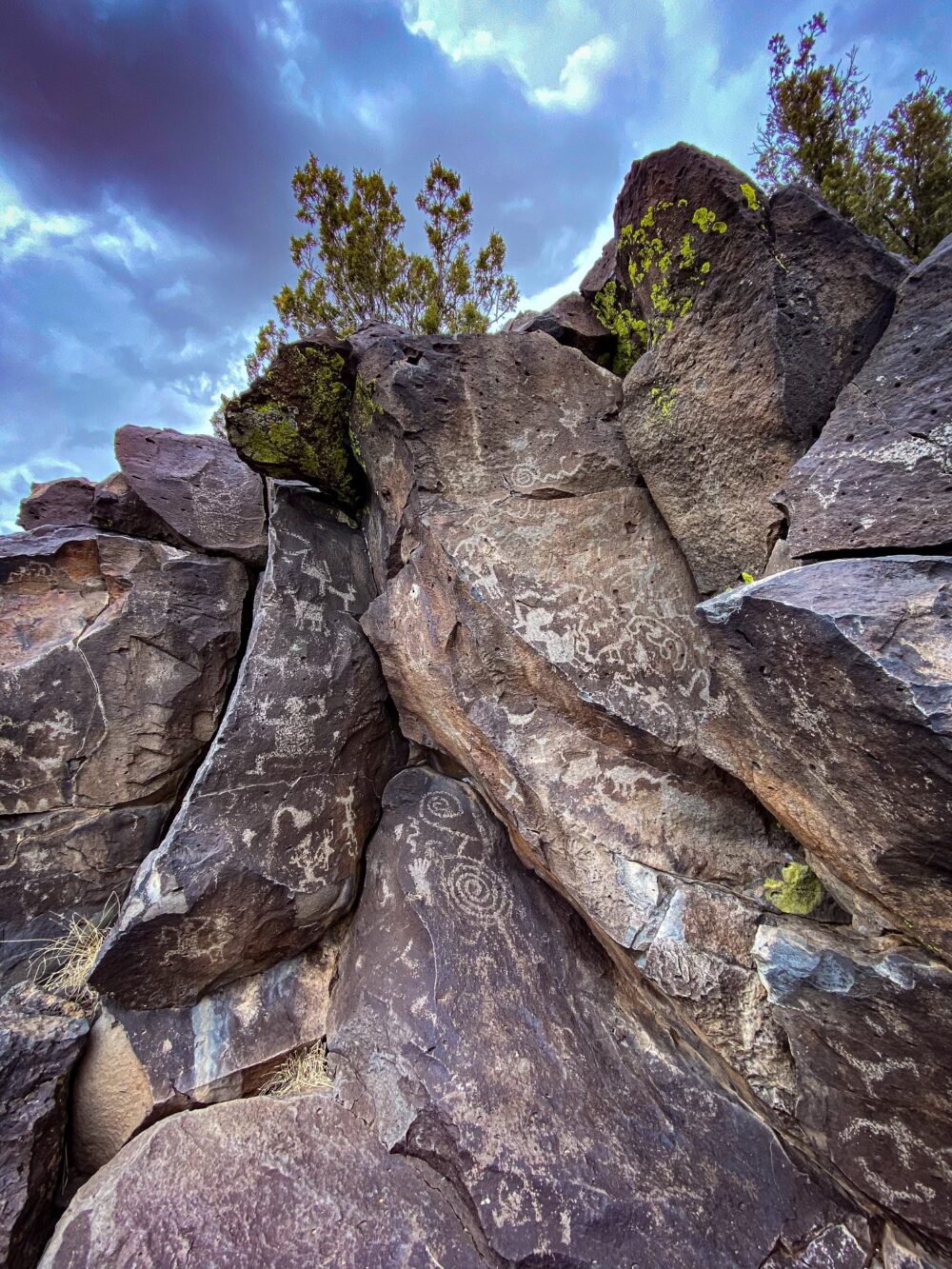We have much more to do and your continued support is needed now more than ever.
River Otters, Chickadees, & Butterflies, Oh My!: Seattle Wildlife in the City Week
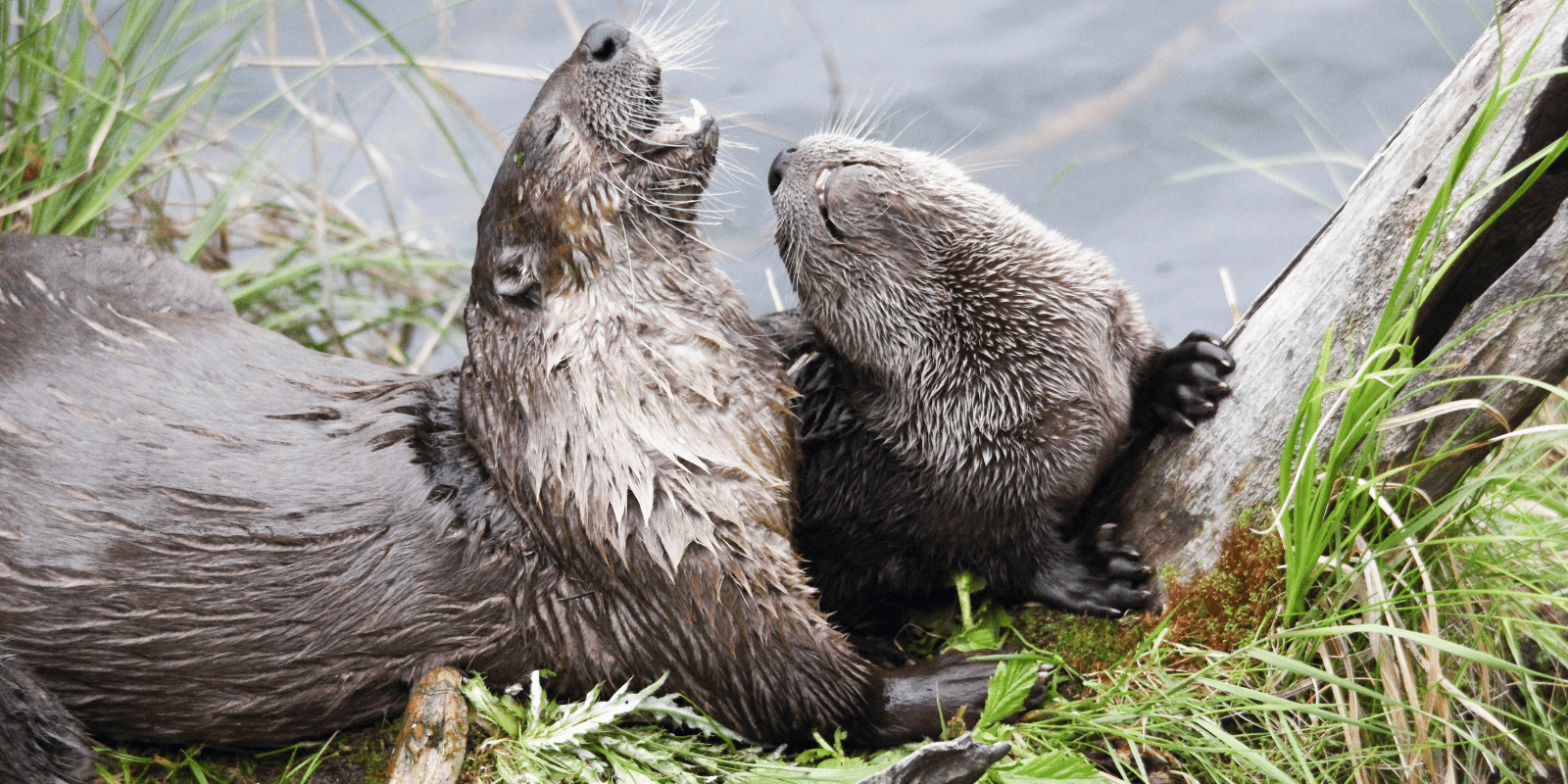
Did you hear the news? Last month, Seattle Mayor Jenny Durkan declared the second week of May “Wildlife in the City Week”–and just in time to celebrate the Emerald City becoming a National Wildlife Federation Community Wildlife Habitat! The achievement makes Seattle, also a Top 10 City for Wildlife, the 122nd community in the country and the 17th community in Washington to earn such a title.
Wildlife Fun for All Ages

The National Wildlife Federation, in partnership with many local organizations, hosted the third annual Wildlife in the City Week. This multi-day, multi-venue event sought to help the community to explore and learn how we can all have a positive impact on wildlife living among us and become champions for urban wildlife.
From the Tukwila Backyard Wildlife Festival to bird tours and “Peekin’ in the Ponds” hosted by Seattle Parks, families had an opportunity to spot native birds like the black-capped chickadee.
Happy Hour speakers at Obec Brewing, co-led by our Washington state affiliate, Conservation Northwest, celebrated the completion of the state’s first wildlife corridor overpass on Highway 90. Wildlife corridors facilitate the movement of species as large as lynx and as small as turtles!
And a fantastic New Day Northwest AM segment and book signing at Third Place Books featured our talented Naturalist, David Mizejewski!
For the adventurous souls, Seattle Parks also hosted a Full Moon Hike and Tidepool Explorations, as the sustainably-focused attended an open-house for two Water-wise Demonstration Gardens at the Hazel Valley Community Center in Burien and the Lower Commons in Sammamish.
Folks also learned from the experts and eagerly heard Killer Whale Tales by local Habitat Steward, Jeff Hogan, and enjoyed Turtle Time with Herp Enthusiast, Thayer Cueter.
In this rapidly changing world, each passing year brings with it a new awareness and recognition of the importance of wildlife and healthy habitat plays in the quality of our individual and collective lives.
Seattle’s Wildlife in the City Week aims to continue this local legacy of both creating a world where all living things can thrive, and celebrating the small and large efforts that make that ambition possible.
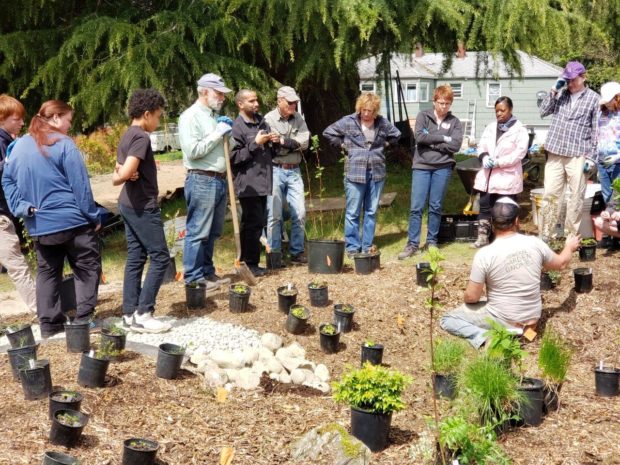
What Makes Seattle Stellar for Wildlife?
“Seattle maintains over 6,400 acres of parklands, 2,500 of which are forested and undergoing intensive restoration efforts,” explained Seattle Parks Superintendent Christopher Williams. “With large, contiguous parks such as Discovery, Lincoln and Warren G. Magnuson Parks, as well as smaller gems distributed throughout the City, Seattle provides good habitat for a wide variety of wildlife species, and continues efforts to improve these animal homes. Being both an Urban Bird Treaty City and a Bee City, Seattle acknowledges the value of wildlife and healthy habitats, and is working to provide a safer home for wildlife through its policies and actions.”
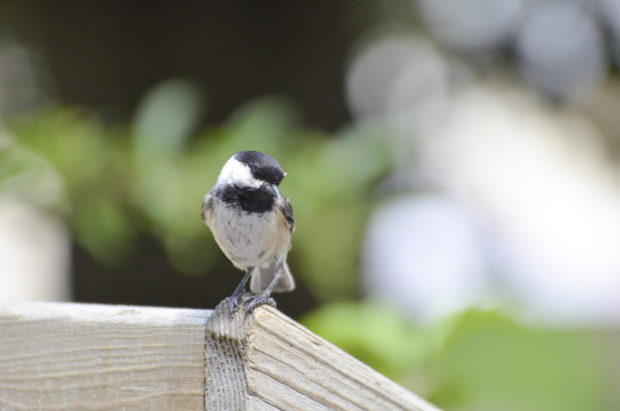
The city of Seattle currently has a total of 974 Certified Wildlife Habitats, out of which 33 are Schoolyard Habitats. Sustainability plans such as the Seattle Climate Action Plan and the Seattle 2035 Comprehensive Plan seek to make investments to restore greens spaces and creeks and to restore the environment in urban areas. Thirty different communities have joined the Federation’s Community Wildlife Habitat program across the Seattle Metro Area.
“As our region continues to grow, so does our responsibility to our wild neighbors. Our local team of staff and dedicated volunteers, are a valuable local resource working with families, community partners, and volunteers to create wildlife habitat.” said Courtney Sullivan, Senior Manager, Regional Education Programs with National Wildlife Federation’s Seattle Office.
You can play a pivotal role in helping to build urban habitat corridors by creating Certified Wildlife Habitat at any home, business, school, or place of worship. Learn how by visiting: https://www.nwf.org/Garden-for-Wildlife/Create















